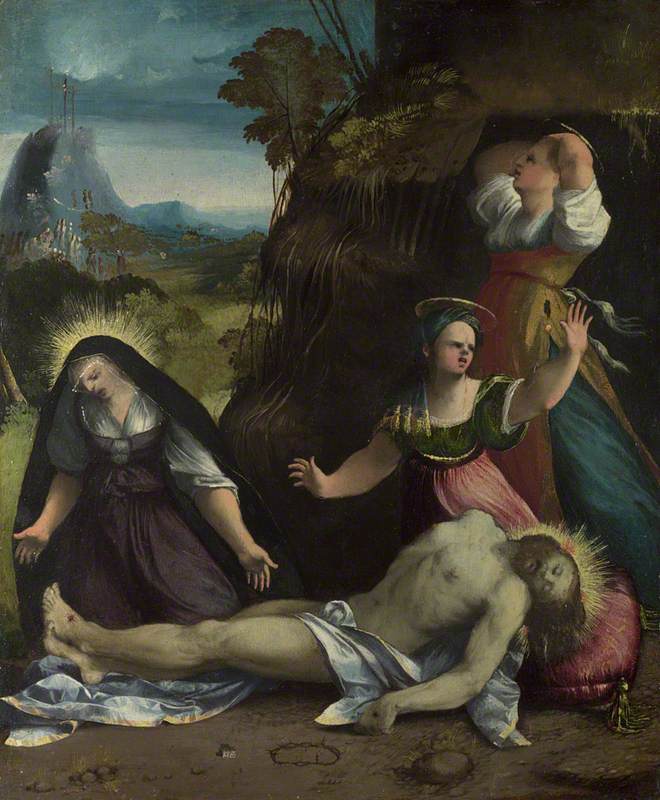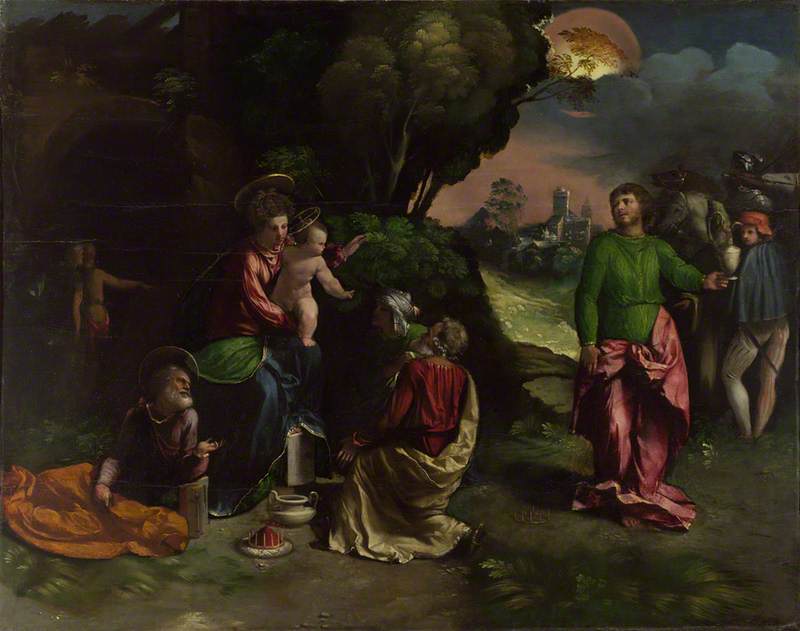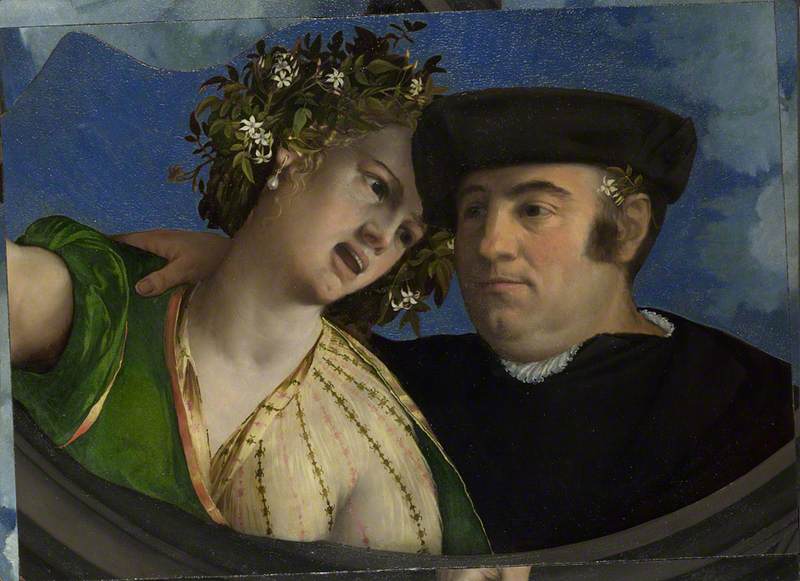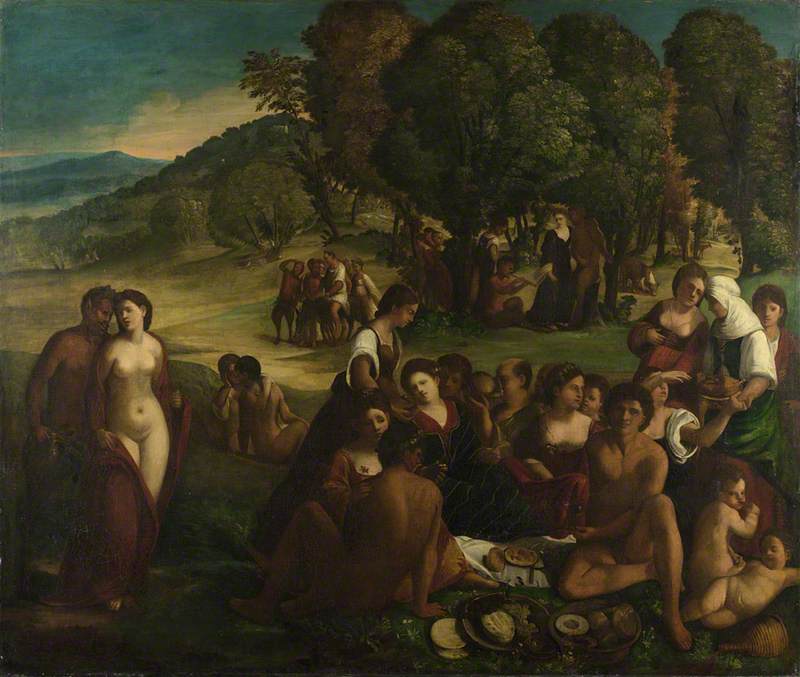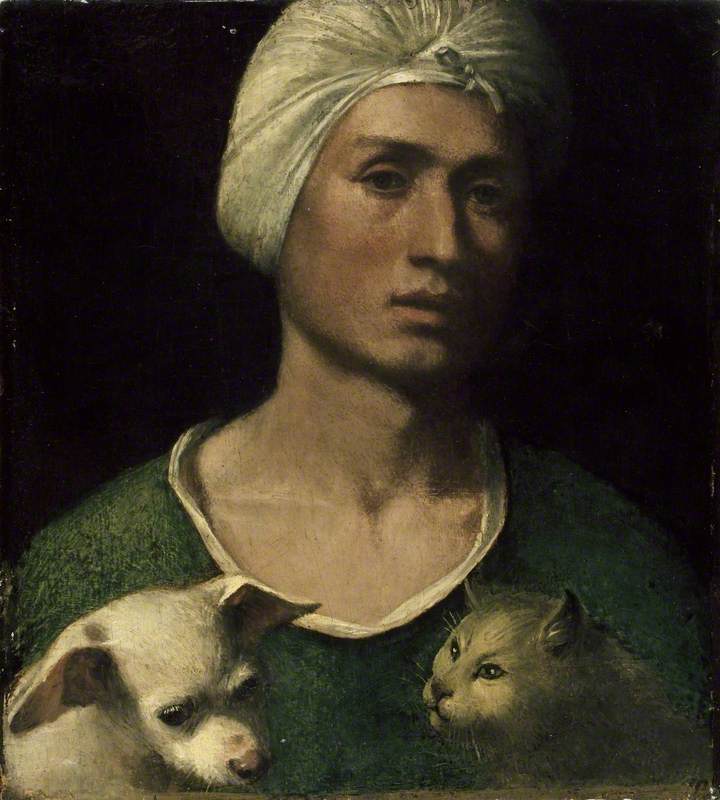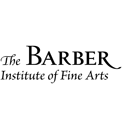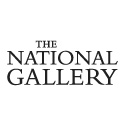
The Christ Child Learning to Walk (Presentation in the Temple)
Dosso Dossi (c.1486–1542)
Nottingham City Museums
(b ?Tramuschio, principality of Mirandola, nr. Ferrara, ?c.1485; d Ferrara, 1541/2). Italian painter, the outstanding artist of the Ferrarese School in the 16th century. His early life and training are obscure: Vasari (who met him) implies that he was born around 1474, but modern scholarship favours a date about a decade later. The nickname Dosso, by which he was known in his lifetime, derives from a small family property; the form ‘Dosso Dossi’ was evidently mistakenly confected in the 18th century, but it is now hallowed by usage. He is first recorded in 1512 in Mantua, and by the following year he was in Ferrara, where he spent most of the rest of his career working for the ruling Este family, sometimes collaborating with the poet Ariosto in devising court entertainments.
Text source: The Oxford Dictionary of Art and Artists (Oxford University Press)

